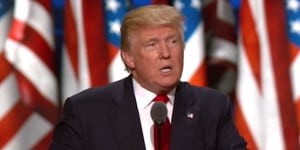
President Donald Trump’s apparent preference for U.S. nuclear might over stockpile reductions does not necessarily preclude the United States and Russia from reaching a deal to extend the New START accord – or even sealing an all-new arms control plan, experts…